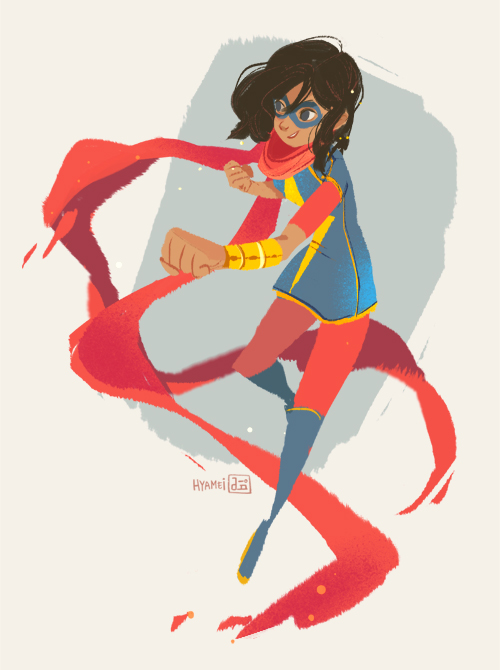By Kat Marusiak (The Cascade) – Email
There has always been something massively lacking in North American superhero comics. Two of the most famous comic book publishers, Marvel and DC, have been gaining even more widespread fame and fans as their movie adaptations bring more attention to the world of superhero comics. But let’s look at some of the most famous heroes from these stories: Spider-Man, Batman, Superman, Iron Man, Wonder Woman, Thor … The list could go on and on, with one overtly noticeable connecting factor: they are all Caucasian, and the majority of them are male.
When people are asked to describe what they think of when they think about “the superhero,” the image conjured by many is usually that of a muscular, handsome Caucasian male, or a beautiful, busty Caucasian female. But with so many diverse cultures inhabiting North America, why is the world of superheroes still so noticeably white-washed?
We are finally starting to see more integration of multiculturalism into traditional hero comic books, but we still have a long way to go. For example, taking a familiar character such as Spider-Man / Peter Parker and creating a new iteration of him as an African American named Miles Morales is a step in the right direction at least, but not a big enough one. However, we are still slowly gaining ground. One of the best examples of this I’ve found recently is in the new series of Ms. Marvel. If you’re a fan of superhero comics — hell, even if you’re not — this is definitely a series I can’t recommend highly enough. The original Ms. Marvel, or “Captain Marvel,” who is also still a character in the new series, is a blonde-haired, blue-eyed, shapely white woman named Carol Danvers who originally first appeared in the ‘60s. In the new series, she passes the mantle on to a new hero in the making: Kamala Khan, a 16-year-old Muslim girl (and huge nerd) who idolizes her. Of course, being a superhero isn’t exactly easy, and Kamala suddenly finds herself trying to balance heroics with school and all of the many trials of being a teenager — and not just a teenager, but a geeky Muslim teen living in the predominantly white, non-Muslim world of New Jersey — while also trying to truly find herself and embrace her own identity.
In such a diverse land full of so many different people, we need more diversity in our comics as well. When people can more closely relate on a personal level, these characters can speak to us much more intimately, and also remind us all that anyone, of any race, colour, gender, identity, etc., can feel the same desire to protect the innocent, fight for a better world, and be a hero.



